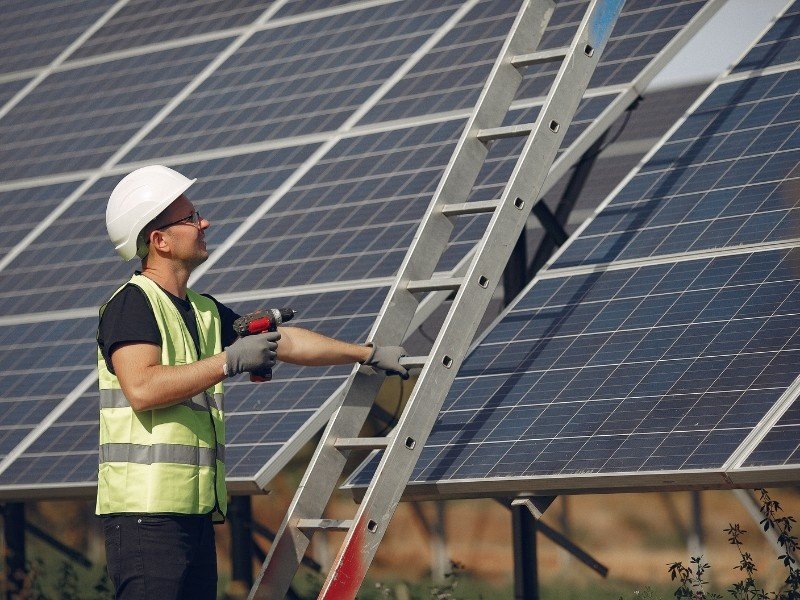If you have ever wondered how solar panels work, you are not alone. Solar panels are becoming increasingly popular in India as a clean and efficient energy source. This article will guide you through the basics of solar panel construction and how they convert sunlight into electricity.
How Do Solar Panels Work?
Solar panels capture sunlight and convert it into electricity or heat. They come in various sizes, from small panels used on residential rooftops to large solar farms covering acres of land. The core of solar panel technology is photovoltaic (PV) cells. These cells are made from semiconductor materials like silicon. Here is a step-by-step look at how solar panels generate electricity:
- 1
Sunlight Absorption: When sunlight hits the solar panel, it is absorbed by the PV cells. The light is made up of tiny particles called photons.
- 2
Electric Charge Generation: The energy from these photons excites the electrons in the semiconductor material, creating an electric charge. This is the photovoltaic effect, discovered by French physicist Edmond Becquerel in 1839.
- 3
Electricity Flow: This electric charge creates a flow of electrons, generating direct current (DC) electricity.
- 4
Conversion to AC: Most homes use alternating current (AC) electricity. Therefore, the DC electricity generated by the solar panels is passed through an inverter, which converts it into AC electricity suitable for home use.
Construction Of Solar Panels
Solar panels are built with several layers, each serving a specific purpose:
Solar Thermal Panels
In addition to PV panels, there are solar thermal panels, which use a different approach to harness solar energy:


Solar Power In India
In India, solar energy is becoming increasingly important as the country seeks to reduce its reliance on fossil fuels and combat climate change. The Indian government has set ambitious targets for solar power capacity, aiming to install 100 gigawatts of solar power by 2030. Solar panels are being used not just in urban areas but also in rural regions, where they provide a reliable source of electricity.




